Radon - What Is It?
As a home inspector serving Regina and Moose Jaw, I encounter many homeowners who have never heard of radon or don't fully understand why it matters. This invisible, odourless gas deserves your attention because it's the second leading cause of lung cancer in Canada – and Saskatchewan has some of the highest radon levels in the country.
What Exactly Is Radon?
Radon is a radioactive gas that comes from the breakdown of uranium in soil and rock. It is invisible, odourless and tasteless. Think of it as nature's unwelcome house guest – you can't see, smell, or taste it, but it can accumulate in your home to dangerous levels.
When radon is released from the ground into the outdoor air, it is diluted and is not a concern. However, in enclosed spaces, like homes, it can accumulate to high levels and become a risk to the health of you and your family.
How Does Radon Enter Your Home?
The air pressure inside your home is usually lower than in the soil surrounding the foundation. This pressure difference literally sucks radon gas up through any opening where your house contacts the ground:
Cracks in foundations or concrete floors
Gaps around service pipes
Construction joints
Floor drains and sump pumps
Well water (radon can be released when water is used)
Even new, well-built homes can have radon entry points. Radon levels in two homes built side-by-side can be different for various reasons, including construction practices, the condition of the foundation, and the lifestyle tendencies of a homeowner.
The Health Risks
Radon gas breaks down to form radioactive elements that can be inhaled into the lungs. In the lungs, radon continues to breakdown, creating radioactive particles that release small bursts of energy. This energy is absorbed by nearby lung tissue, damaging the lung cells.
The numbers are sobering. Health Canada has noted that long-term exposure to radon is the #1 cause of lung cancer for non-smokers. The annual death rate in Canada from exposure to radon-induced lung cancer is 3,200 deaths, higher than car accidents, carbon monoxide and house fires combined.
Saskatchewan's Radon Reality
Here in Saskatchewan, we face a particularly serious radon challenge. Based on Health Canada's 2012 Cross-Canada Survey of Radon Concentrations in Homes, 16% of homes in Saskatchewan measured above the radon guideline of 200 becquerels per cubic metre (200 Bq/m3). However, in certain regions up to 26% of homes were above the guideline level.
In some Saskatchewan communities, subsequent testing has found regions with over 60% of homes testing above the guideline level. Regina area homeowners should be particularly aware – our region consistently shows elevated radon levels.
The Canadian Radon Guideline
The Canadian guideline for radon is 200 becquerels per cubic meter (Bq/m³). Health Canada recommends taking corrective action if your home exceeds this level, but it's important to understand that while the health risk from radon exposure below the Canadian Guideline is small there is no level that is considered risk free.
If your home tests above 200 Bq/m³, Health Canada recommends that you take corrective action to lower the level within 1 year. The higher the radon concentrations, the sooner action should be taken to reduce levels to as low as practically possible.
Helpful Canadian Resources
Take Action on Radon – Comprehensive radon information
Lung Saskatchewan – Radon test kits ($65 including analysis)
Take Action on Radon: Saskatchewan – Provincial information and resources
Regina Public Library – Electronic digital radon detectors are available to borrow, free of charge
